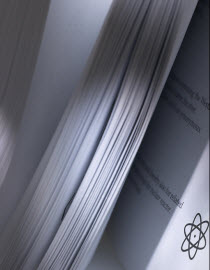


Fortum has signed a framework agreement with Finnish small modular reactor developer Steady Energy to provide nuclear expert servi...
Eight New York counties and municipalities, along with 23 companies such as Constellation Energy, GE Hitachi, TerraPower, and West...
LIS Technologies Inc., a developer of advanced laser technology, has closed its 240% oversubscribed US$17 million funding round, w...
USA: New York Gov. Hochul Expands Nuclear Aspirations to 8-GW Fleet; https://t.co/kWV2rvfuVb #NuclearEnergy #NuclearPower #CleanEnergy
— TradeTech (@U3O8TradeTech) January 14, 2026
Uranium 101 - Glossary of Uranium Industry Terms
